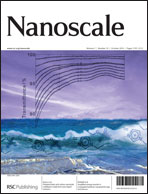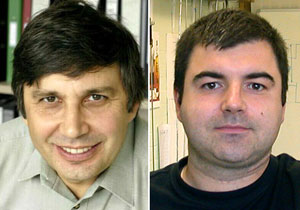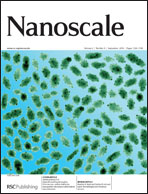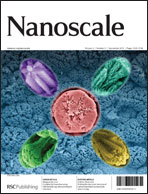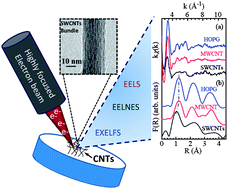We are delighted to announce that Nanoscale is now listed in the prestigious MEDLINE abstracting / indexing service.
All articles published in Nanoscale (going back to the very first issue) are now included, and are searchable using PubMed. This will provide even greater visibility to the great research being published in the journal, particularly in the bio / medical communities.
Nanoscale is already fully-indexed in other leading databases, including Web of Science, and Scopus. ISI have confirmed Nanoscale will appear in the 2010 Journal Citation Report (and receive an official Impact Factor) – this will be published in June 2011.
Nanoscale publishes leading research in nanoscience and nanotechnology, including the areas of nanobiotechnology; bionanomaterials and nanomedicine.
Read some of the great work published so far in these areas:
Mechanised nanoparticles for drug delivery
Karla K. Cotí, Matthew E. Belowich, Monty Liong, Michael W. Ambrogio, Yuen A. Lau, Hussam A. Khatib, Jeffrey I. Zink, Niveen M. Khashab and J. Fraser Stoddart,
Nanoscale, 2009, 1, 16
Electrospun nanofibers for neural tissue engineering
Jingwei Xie, Matthew R. MacEwan, Andrea G. Schwartz and Younan Xia,
Nanoscale, 2010, 2, 35
Multimodal drug delivery using gold nanoparticles
Chae-kyu Kim, Partha Ghosh and Vincent M. Rotello
Nanoscale, 2009, 1, 61
Nanotechnology for in vitro neuroscience
Daniel R. Cooper and Jay L. Nadeau
Nanoscale, 2009, 1, 183
Nanoscale will also be publishing a themed issue in late 2010 on Surface Nanotechnology for Biological and Medical Applications. The Guest Editors are Darrell Irvine (MIT), Marcus Textor (ETH Zurich) and Xingyu Jiang (NCNST, Beijing). Sign-up to our contents e-alerts to receive this issue direct to your inbox.
